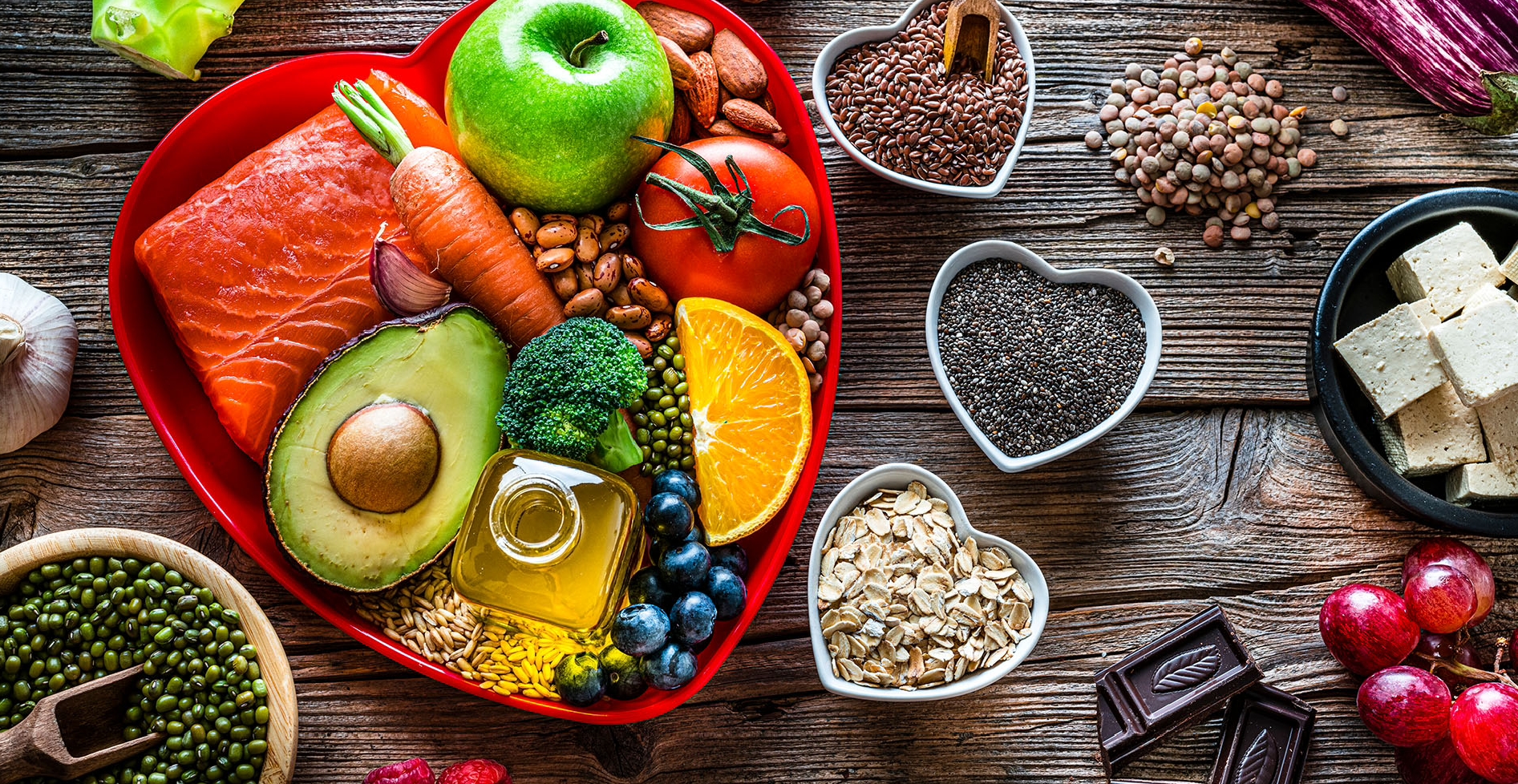Mediterranean Homemade Vegetable Broth Without Chemicals
Prep Time: 15 minutes
Cook Time: 1 hour
Total Time: 1 hour 15 minutes
Yields: About 6 cups (1.5 liters) of broth
This Mediterranean Homemade Vegetable Broth Without Chemicals is a clean, all-natural way to bring deep flavor to your soups, stews, sauces, and grains. Made with fresh vegetables, herbs, and a touch of turmeric, it delivers a rich golden color and balanced taste—without preservatives, additives, or artificial seasonings. It’s simple, economical, and a great way to use leftover vegetables while staying true to natural cooking.
Ingredients
3 carrots
1 leek
2 parsnips
2 parsley roots
1 onion
2 cloves garlic
½ kohlrabi
½ celeriac (celery root) and its leaves
1 small piece fresh turmeric (or ½ tsp ground turmeric)
A handful of fresh parsley
1–2 tbsp sunflower oil
80 g salt (about 5 tbsp, adjust to taste)
Instructions
Prepare the Vegetables:
Wash, peel, and roughly chop all the vegetables into small chunks. The smaller the pieces, the more flavor they’ll release during cooking.
Sauté the Base:
In a large pot, heat the sunflower oil over medium heat. Add the chopped onion, garlic, and leek. Sauté for 3–4 minutes until fragrant and lightly golden—this deepens the flavor.
Add the Remaining Vegetables:
Add carrots, parsnips, parsley roots, kohlrabi, celeriac (and its leaves), turmeric, and fresh parsley. Stir well to coat the vegetables in the oil and aromatics.
Simmer the Broth:
Pour in about 8 cups (2 liters) of cold water. Bring to a boil, then reduce the heat to low. Add the salt and simmer gently for 45–60 minutes, uncovered. Stir occasionally and skim off any foam that forms on the surface.
Strain the Broth:
Once the vegetables are soft and the broth is aromatic, strain it through a fine sieve or cheesecloth into a clean pot or large bowl. Discard the solids or save them for blending into a vegetable puree or soup base.
Store or Use:
Let the broth cool, then pour it into glass jars or airtight containers. Store in the refrigerator for up to 5 days, or freeze for up to 3 months in portions.
Tips
Use cold water: Always start with cold water when making broth. It helps extract more flavor and nutrients from the vegetables as they gradually heat.
Sauté first for depth: Lightly sautéing the onion, garlic, and leek before simmering adds a subtle sweetness and richer flavor compared to boiling everything together.
Simmer gently: Keep the broth at a low simmer, not a rolling boil. Boiling too hard can make it cloudy and bitter.
Don’t skip the salt: The salt helps draw out flavors from the vegetables. You can adjust the amount later, but adding some early helps balance the broth.
Strain carefully: For a clear broth, strain through a fine mesh sieve or cheesecloth. Don’t press the vegetables too hard, or the broth may become cloudy.
Cool properly before storing: Let the broth cool completely before refrigerating or freezing to prevent spoilage and condensation.
Variations
Add extra flavor: A bay leaf, a few black peppercorns, or a sprig of thyme can give the broth more depth.
Use other vegetables: Celery stalks, fennel bulb, zucchini, or mushrooms also add a rich flavor. Avoid starchy vegetables like potatoes or beets—they can cloud the broth.
Turmeric options: Fresh turmeric gives the broth a warm color and earthy flavor, but ground turmeric works just as well.
Oil swap: You can use olive oil instead of sunflower oil for a more Mediterranean flavor profile.
Low-sodium version: Reduce the salt and season the final dishes instead. You can also freeze the broth unsalted to customize later.
Concentrated broth paste: Simmer the broth until it’s reduced by half, then blend and store in jars as a natural broth concentrate. Just dissolve a spoonful in hot water when needed.
Q&A
Q: Can I reuse the cooked vegetables after straining the broth?
Yes. While most of the flavor has been extracted, you can blend the vegetables into a smooth puree and use it as a base for soups, sauces, or casseroles. You can also mix it into cooked grains for added nutrition.
Q: How long can I store homemade vegetable broth?
It lasts up to 5 days in the refrigerator in a sealed container or up to 3 months in the freezer. Freeze in portions (like ice cube trays or small jars) for easy use in recipes.
Q: Can I make this broth in a slow cooker?
Yes. Combine all ingredients in the slow cooker, cover with water, and cook on low for 6–8 hours or high for 3–4 hours. Strain and store as usual.
Q: How can I make the broth richer in flavor?
Add a few extra aromatics like bay leaves, peppercorns, sun-dried tomatoes, or a dash of soy sauce for umami depth. You can also roast the vegetables first for a more robust flavor.
Q: Is this broth suitable for vegan and gluten-free diets?
Absolutely. It’s naturally vegan, gluten-free, and chemical-free—perfect for clean eating and plant-based cooking.
Nutrition
(Per 1-Cup Serving)
(Approximate values; may vary depending on vegetable size and salt content)
Calories: 35 kcal
Protein: 1 g
Fat: 2 g
Saturated Fat: 0.3 g
Carbohydrates: 4 g
Fiber: 1 g
Sugars: 2 g
Sodium: 260 mg
Vitamin A: 40% DV
Vitamin C: 15% DV
Conclusion
This Mediterranean Homemade Vegetable Broth Without Chemicals is a simple, clean, and flavorful foundation for countless dishes. It’s naturally rich in vitamins and antioxidants, with no preservatives or artificial ingredients. The combination of root vegetables, fresh herbs, and a hint of turmeric gives it both warmth and depth. Use it as a healthy base for soups, risottos, or stews—or sip it on its own for a soothing, nourishing drink.

